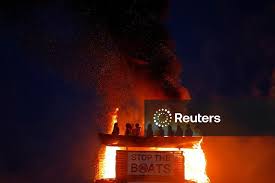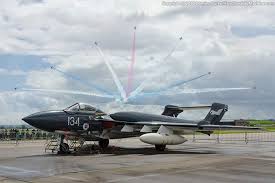The Moygashel Bonfire: A Celebration of Tradition

Introduction
The Moygashel bonfire has become a significant and anticipated event in Northern Ireland, symbolising cultural heritage and community spirit. Each year, this celebration garners attention as locals and visitors gather to witness the spectacle of towering flames, vibrant community engagement, and the rich history tied to the event. Understanding the significance of the Moygashel bonfire allows for a deeper appreciation of the community’s values and the role such traditions play in cultural identity.
Details of the Event
The Moygashel bonfire traditionally takes place around the 11th of July, coinciding with the start of the Protestant celebrations leading up to the Twelfth of July, commemorating the Battle of the Boyne in 1690. Locals contribute to the bonfire by collecting wooden pallets, tyres, and other materials throughout the weeks leading up to the event, culminating in a towering bonfire that serves as both a celebration and a demonstration of community organisation.
This year, on the night leading up to the 12th of July, residents of Moygashel and surrounding areas gathered to witness the lighting of the bonfire, which, as tradition dictates, is often accompanied by music, food stalls, and social gatherings. Reports indicate that this year’s event attracted over a thousand attendees, showcasing the community’s commitment to maintaining this cultural event despite the challenges posed by recent years, including social distancing mandates from the pandemic.
Safety and Community Engagement
As part of efforts to enhance safety, the local council collaborated with community leaders to implement better crowd control measures. Fire safety regulations were strictly adhered to, and designated areas were established to ensure that the event remained safe for attendees while allowing the spirit of celebration to flourish. Special emphasis was placed on environmental considerations, with initiatives aimed at reducing litter and promoting recycling during the festivities.
Conclusion
The Moygashel bonfire remains a powerful symbol of community resilience and cultural pride in Northern Ireland. As the event continues to grow each year, it fosters a sense of belonging and camaraderie among those who participate. Looking ahead, it is crucial for local leaders and community members to sustain the traditions associated with the bonfire while also adapting to changing social dynamics and environmental considerations. This balance will be essential in ensuring that such cultural celebrations endure for future generations, continuing to strengthen community ties and cultural identity.









